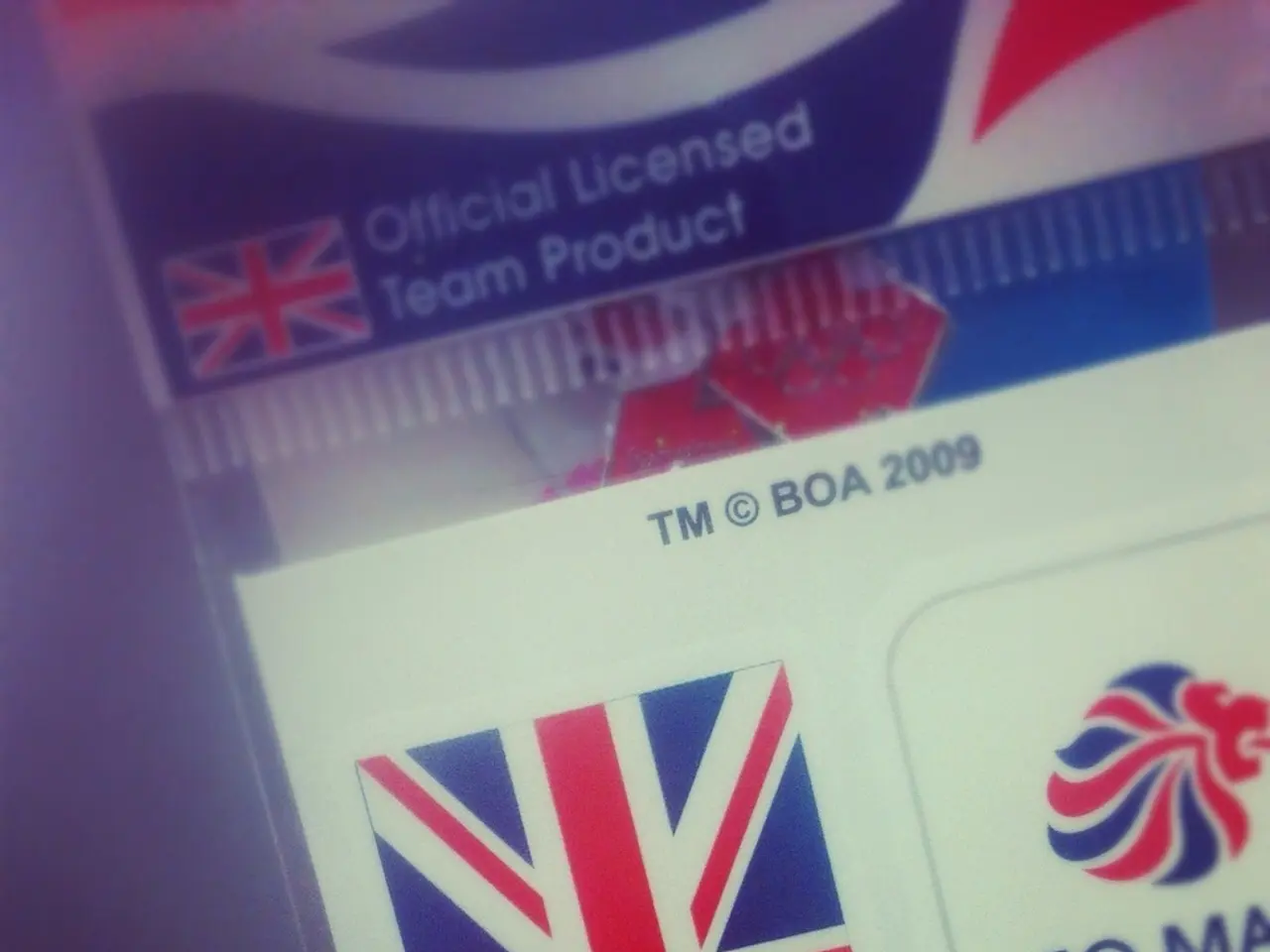Japan seeks a comprehensive review of all tariffs in pursuit of a trade agreement with the U.S., as per the negotiator's statement.
Stalemate in Trade Talks: Japan and the US at Odds Over Tariffs
The ongoing trade negotiations between Japan and the US are hitting a snag, with both nations far from reaching an agreement on tariffs. According to top negotiator Ryosei Akazawa, Japan will not budge until all the new tariffs are reviewed.
Akazawa's comments, made after returning from Washington following the second round of ministerial-level talks, highlight the discrepancy between the two countries regarding which tariffs are negotiable. The US is unwilling to back off from duties on automobiles and steel, while Japan hopes for their elimination.
Japan's concern is particularly keen when it comes to the new 25% duties on the auto industry, which accounted for nearly 30% of total exports to the US by value last year. Donald Trump, known for his criticism of trade deficits, has imposed these tariffs, alongside 25% levies on imported steel and aluminum, and 25% tariffs on automobiles produced outside the US.
Trump has also announced so-called reciprocal tariffs, amounting to 24% for Japan, including a baseline tariff of 10%. However, the extra portion is currently on hold as negotiations continue. The Trump administration is believed to be focusing on negotiating with Japan regarding the halted portion of the reciprocal tariff rate.
In another blow, a 25% tariff on certain auto parts took effect on Saturday, causing Prime Minister Shigeru Ishiba to express his disappointment. Ishiba admitted that Japan and the US have not yet "reached common ground." He emphasized that Japan is negotiating with the US on "all" U.S. tariffs, including those on auto, steel, and aluminum.
Insights:This ongoing trade conflict is marked by the US's refusal to exempt Japan from their lately imposed tariffs, while Japan remains adamant about eliminating them or at least negotiating tariff reductions. Trump's approach to trade negotiations seems less about achieving permanent trade agreements and more about imposing reciprocal tariffs as a means of national protectionism.
- Reciprocal Tariffs: The US's proposed reciprocal tariffs include a 10% baseline tariff and an additional 14% for certain items, such as cars. However, the US has indicated a willingness to reconsider the 14% tariff as negotiations progress[1].
- Negotiation Tactics: Japan's strategy is focused on mitigating potential damage from tariffs, recognizing that trade deals under the current US administration may have limited durability[3]. This approach reflects the complexity and time-consuming nature of negotiating comprehensive trade deals.
- Upcoming Developments: The trade negotiations between Japan and the US are expected to continue over the coming months, with potential agreements focusing on general principles rather than specific details, leaving many aspects to be resolved later[2].
- The Trump administration is currently focusing on negotiating with Japan regarding the halted portion of the 24% reciprocal tariff rate on various goods, including autos.
- Japan's top negotiator, Ryosei Akazawa, has expressed that Japan will not relent until all new tariffs, including those on autos, steel, and aluminum, are reviewed.
- The ongoing trade talks between Japan and the US are predicated on a general disagreement over which tariffs are negotiable, with Japan advocating for their elimination while the US remains steadfast on duties for autos and steel.
- In the latest development, a 25% tariff on certain auto parts took effect in the US and was met with disappointment by Prime Minister Shigeru Ishiba, further underscoring the lack of common ground in their ongoing trade negotiations.








